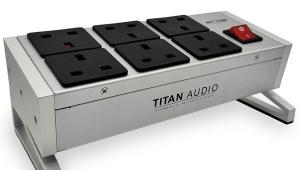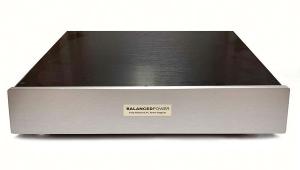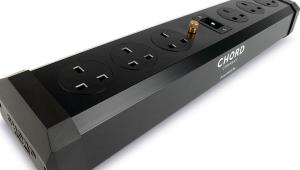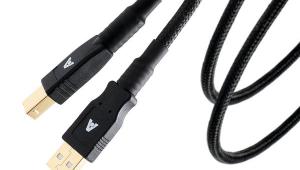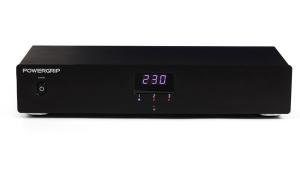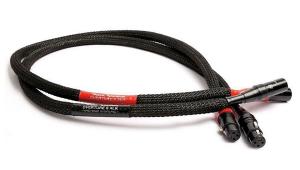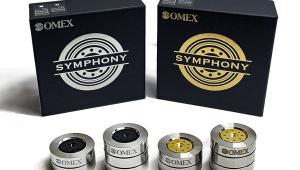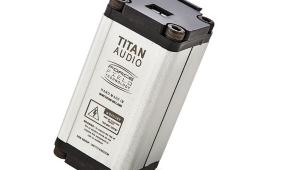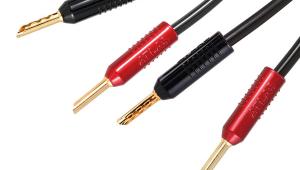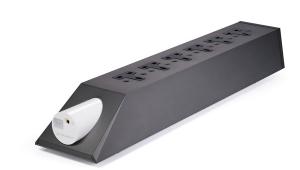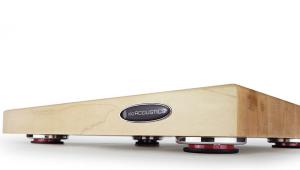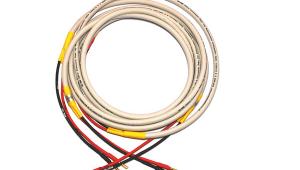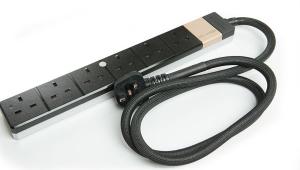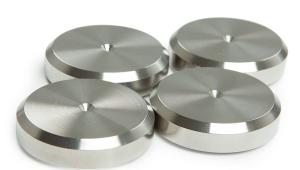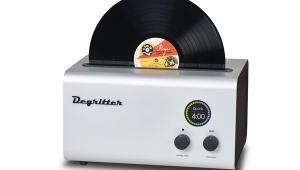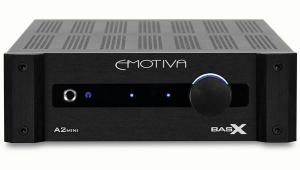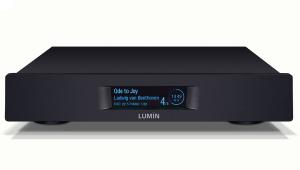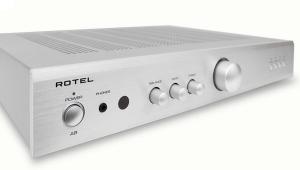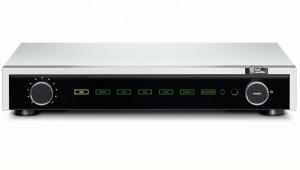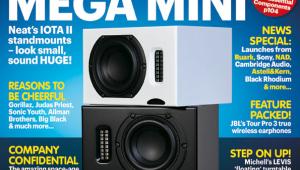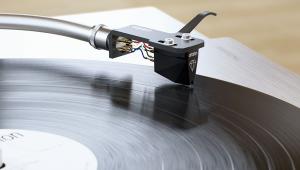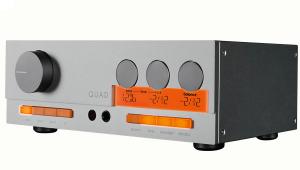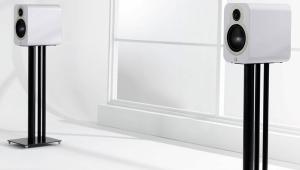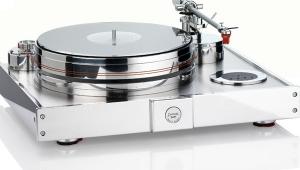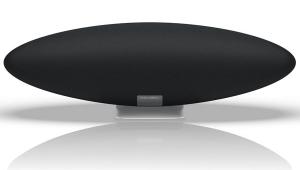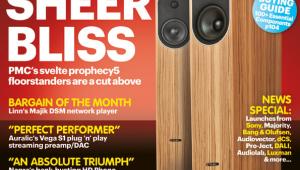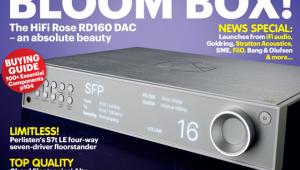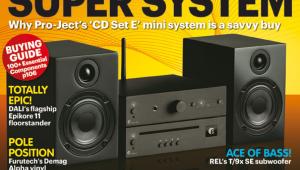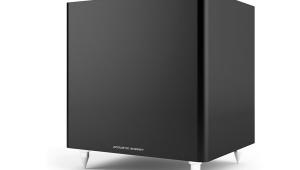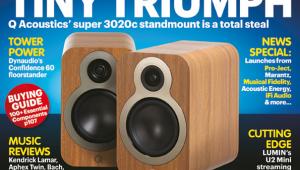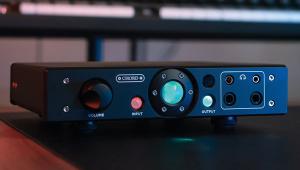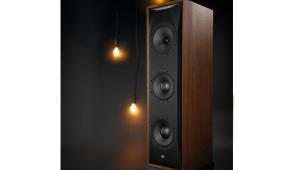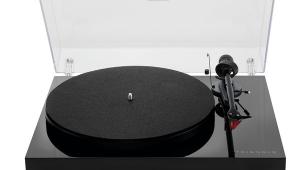Furutech DeMag alpha

 Looking a bit like a large record deck, Furutech’s DeMag alpha is used to demagnetise LPs and all optical disc media. It can also be used on interconnect cables, connectors and power cords. But why?
Looking a bit like a large record deck, Furutech’s DeMag alpha is used to demagnetise LPs and all optical disc media. It can also be used on interconnect cables, connectors and power cords. But why?
According to Furutech, the material that’s added to vinyl has magnetic properties. As phono cartridges contain coils of wire that move within a controlled magnetic field, any unwanted magnetic effects can reduce the effectiveness of the generator inside the cartridge and so interfere with the audio signal generated in the coil. The coils are generally wound on cores of miniscule ferrite or other similar magnetisable material to increase the inductance and consequently their output. These coil assemblies and other moving magnetisable parts sit in a very high flux density created by the strong, fixed permanent magnets (often made from neodymium or samarium cobalt). Over time, these can become magnetised and, as a result, the sound can become murky and less well defined.
The paint that’s used on the back of CDs can also be magnetic and the aluminium found in the disc itself has weak magnetic properties. Don’t forget that aluminium is a constituent of powerful Alnico (aluminium nickel cobalt) magnets. A rotating magnetised CD can generate noise in the internal electronics of the player. Up to five discs at a time can be demagnetised with the DeMag alpha.
The process of demagnetisation works by subjecting the item to an alternating magnetic field that starts strong and then dwindles to zero. I remember making a degaussing coil for demagnetising colour picture tubes in colour televisions back in the Seventies. The degaussing coil was simply a large coil of wire connected across the mains (!!) that was waved over the face of the tube and then moved away from to reduce the alternating magnetic field to zero. Fortunately, the DeMag alpha doesn’t require a record to be moved away as it produces the dwindling magnetic field automatically. To operate the unit, turn it on with the button at the front on the base and the left pad lights up blue. Place an LP on the spindle and press the right pad, which then lights up green. After about 15 seconds, the green light goes out to tell you that the process is complete. You then turn the disc over and demagnetise the other side.
Sound quality
To test the DeMag alpha, we select a rather bright recording of Simon & Garfunkel’s The Boxer. We first listen to the track before demagnetisation and there is the expected slight harshness to the vocals. Next we demagnetise the LP and play the track again. We are not expecting what we hear – it isn’t a subtle change, but a significant refinement of the entire sound with the vocals in particular enjoying a greater presence in the room. The accompanying guitar is clear with additional tunefulness and, when the rhythmic patting on the drums begins, the sound is much more musical and punchier.
We next select a CD of Bach’s The Well-Tempered Clavier played on piano by Friedrich Gulda. Following on from demagnetisation, the piano sounds more convincing as if there is a real instrument in the room. The vast complexities of the performance appear to be better recorded and give a more accurate rendition of the piano and the acoustics of the room where the recording was made.
Conclusion
Overall, the music has a more open characteristic, together with sharper and more precise image focus. To summarise, the DeMag alpha is a superb device and though pricy, it is definitely worth using after the routine cleaning of LPs and CDs, and preferably before each playing. NR
DETAILS
Product: Furutech DeMag alpha
Type: Vinyl and optical disc demagnetiser
FEATURES
● Fully automatic operation
● Two sensor pads for blue and green illumination
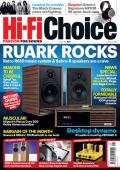 |
Inside this month's issue:
Ruark R610 music system and Sabre-R standmount speakers, PMC twenty.23i Active, floorstanders, English Acoustics Downton preamplifier, Bluesound NODE ICON preamp/streamer, Ortofon Concorde Music Blue MM cartridge and much, much more
|
